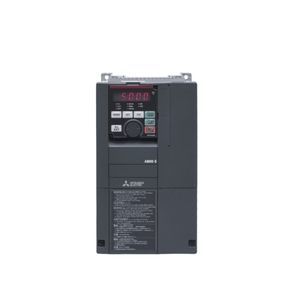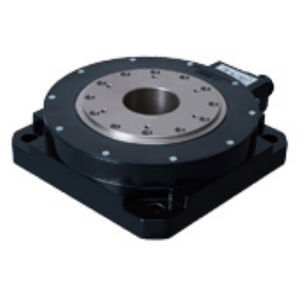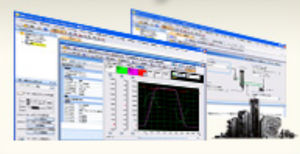
- Power Transmission - Mechanical components
- Motor and Motor Control
- AC servo-drive
- MITSUBISHI ELECTRIC AUTOMATION
- Products
- Catalogs
- News & Trends
- Exhibitions
AC servo-amplifier MELSERVO-J4dual-axis3-axissingle-axis



Add to favorites
Compare this product
Characteristics
- AC/DC
- AC
- Number of axes
- single-axis, dual-axis, 3-axis, 2/3-axis
- Output signal
- EtherCAT, ProfiNet, Ethernet/IP
- Product applications
- positioning, industrial, cabinet
- Output power
30 kW, 55 kW
(0.04079 hp, 74.77916 hp)
Description
MELSERVO-J4 servos are devices that provide high performance, safety and energy saving. In addition, they offer:
Precision and accuracy ensured by fast and precise movement
Safety of use - thanks to safety features such as a collision detection system and automatic stopping when irregularities are detected,
Environment friendly, as it saves energy.
The three-axis servo amplifier, compatible with the SSCNETⅢ/H network, is an innovative solution for advanced industrial applications, adapted to be used in various applications, such as robotics, industrial automation or machining.
Its most important features are:
Ease of implementation - compatibility with the SSCNETⅢ/H network enabling easy and quick connection for a multi axes system.
The multi network amplifier combines performance, features and reliability of the MR-J4 series servo system with different open network interfaces EtherCAT, EtherNet/IP™ and PROFINET.
Rotary servo motor
HG-series motors are advanced devices that ensure high quality and reliability. The specifications of these motors include an encoder with a resolution of 4 million pulses/revolution, a voltage class of 200/400VAC and motor power from 50 W to 55 kW.
What are the advantages of implementing products from this series:
Precise positioning - thanks to the high resolution of the encoder
Versatility - thanks to the wide motor power range from 50 W to 55 kW, which allows the motor to be matched to various industrial applications.
Catalogs
Other MITSUBISHI ELECTRIC AUTOMATION products
Drive Products
Related Searches
- Servo motor
- Synchronous servo motor
- Servo-amplifier
- AC servo motor
- Frequency inverter
- Performance servo motor
- Fieldbus servo-drive
- AC servo-amplifier
- Multi-axis motion control card
- EtherCAT servo drive
- Linear servomotor
- Digital frequency converter
- Compact frequency converter
- High-torque servo motor
- IP20 frequency converter
- Ethernet motion control card
- Servomotor motion control card
- Compact positioning controller
- Industrial frequency converter
- Integrated motion control card
*Prices are pre-tax. They exclude delivery charges and customs duties and do not include additional charges for installation or activation options. Prices are indicative only and may vary by country, with changes to the cost of raw materials and exchange rates.













